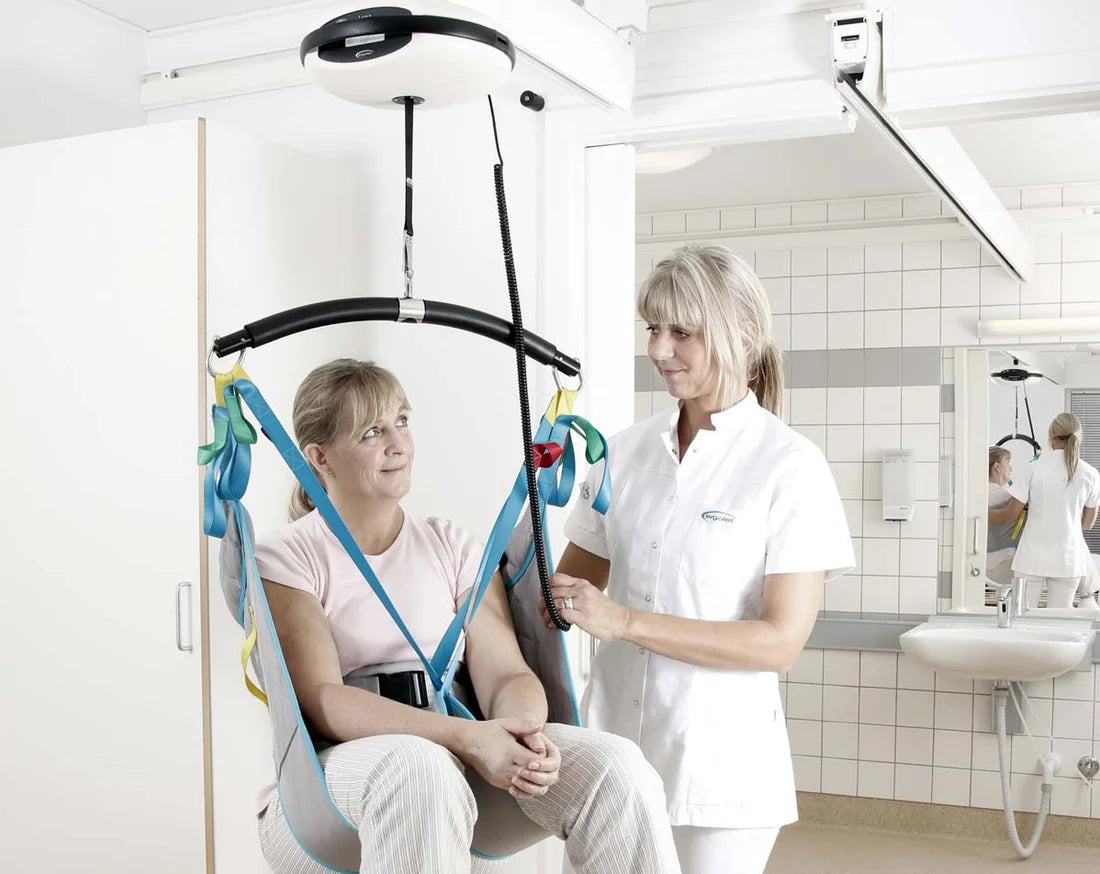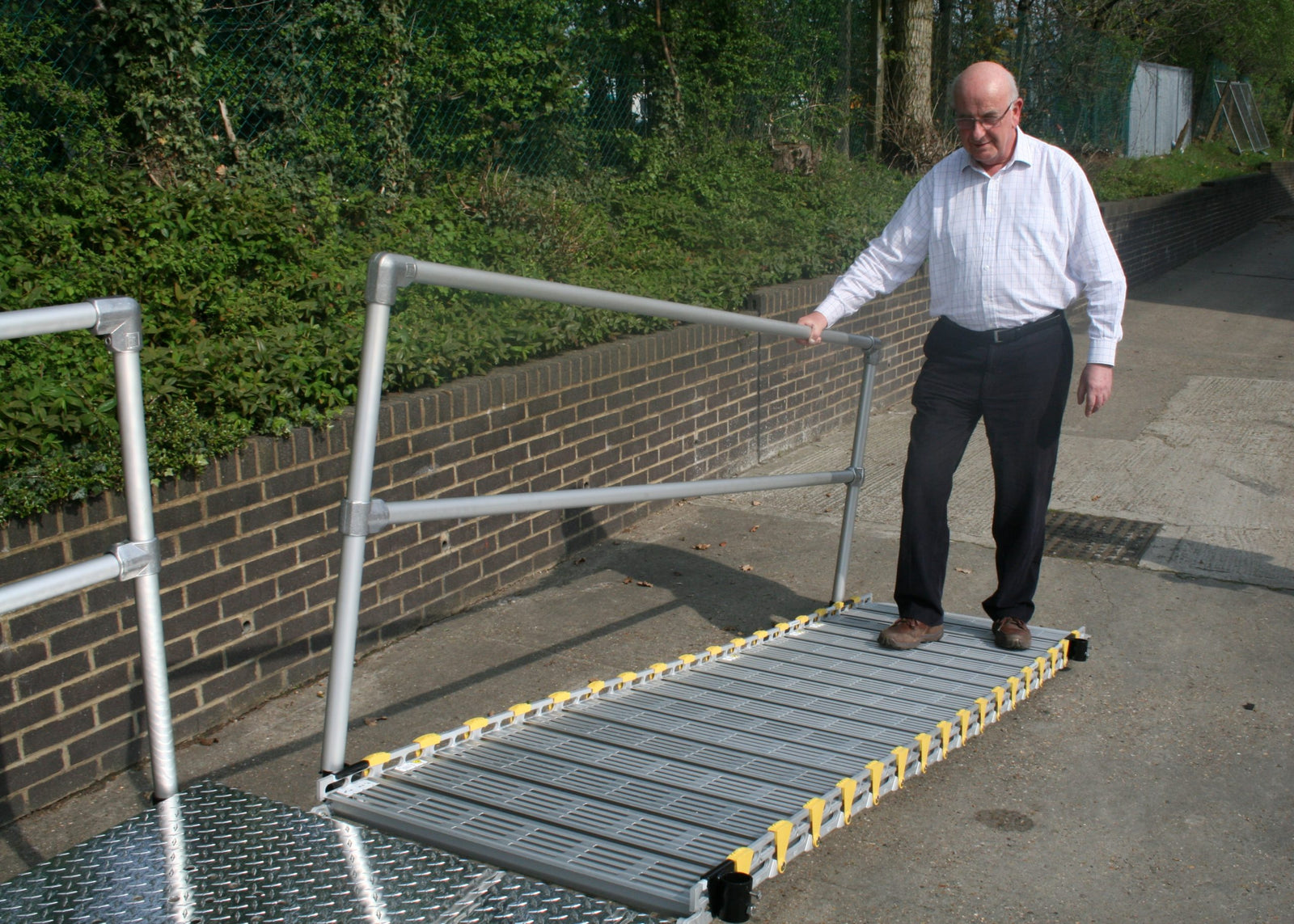Your Cart is Empty
Free shipping | Bulk Order Discounts | Best price guaranteed
Menu
-
- Home
- Shop By Category
- Moving + Handling
- Bathroom
-
Mobility Scooters
- Pavement Mobility Scooters
- Folding Mobility Scooters
- Lightweight Mobility Scooters
- 4mph Mobility Scooters
- 6-8mph Mobility Scooters
- Travel Mobility Scooters
- Lithium Mobility Scooters
- Car Boot Scooters
- Enclosed Mobility Scooters
- All Terrain Scooters
- 2 Person Scooters
- Mobility Scooter Storage
- Mobility Lifts and Hoists
- Mobility Scooter Canopies
- Seating
- Wheelchairs
- Rollators
- Beds + Mattresses
- Medical Equipment
- Powerchairs
- Health + Safety
- Help Centre
- Returns
- Price Guarantee
- Contact Us
-
- Speak With An Expert: 020 3576 3028
- Login

Free shipping | Bulk Order Discounts | Best price guaranteed
Add description, images, menus and links to your mega menu
A column with no settings can be used as a spacer
Link to your collections, sales and even external links
Add up to five columns
Add description, images, menus and links to your mega menu
A column with no settings can be used as a spacer
Link to your collections, sales and even external links
Add up to five columns

Can a Ceiling Hoist Be Used by One Person? (All You Need To Know)
October 17, 2024 6 min read
Ceiling hoists are increasingly important in environments like care homes, hospitals, and even home settings. They offer a practical solution for moving individuals with limited mobility safely and efficiently. Yes, a ceiling hoist can be used by one person, especially with systems designed for solo use. This makes the process easier for carers and family members who often need to help individuals move between different spaces.

The use of ceiling hoists can reduce the physical strain associated with manual handling tasks. Many models are designed specifically for single-user operation, which is incredibly beneficial for smaller facilities or home settings where extra help may not always be available. The focus on safety measures ensures that these hoists are not only efficient but also minimise risks for both the person being moved and the operator.
Curiosity about ceiling hoists often leads to questions about their operation and safety measures. When used correctly, these devices can be a reliable and safe tool for enhancing mobility and independence. For those interested in whether solo operation is possible, exploring various models available can provide insights into the safest practices and best options for individual needs.
Key Takeaways
- Ceiling hoists can be operated by one person.
- Designed for ease in care homes and personal residences.
- Ensure safety by following recommended guidelines.
Recommendations for Hoists
1. Prism Medical Mackworth Essentials CT
The Prism Medical Mackworth Essentials CT provides remarkable versatility, making it ideal for various care environments. Its ceiling-mounted configuration maximises floor space and improves manoeuvrability, making it a great choice for both professional and homecare applications.

2. Winncare Luna Twin
The Luna Twin offers two lifting capacities: 275 kg and 400 kg. It features a soft start/stop function and emergency lowering, making it a versatile choice for various lifting needs. Find details on the Luna Twin Ceiling Hoist.

3. Handicare DHG Rise Atlas 625M
For heavier lifting needs, the Handicare DHG Rise Atlas 625M offers a robust solution. With a weight capacity of up to 285 kg, it is specifically designed for bariatric care. This stationary ceiling lift system ensures ease of use and high safety standards.

4. Etac Molift Air 350
If you're looking for a hoist with a high weight capacity and comfort features, the Etac Molift Air 350 track hoist is an excellent choice. It supports loads up to 350 kg and is designed for reduced maintenance costs over time.
5. Wispa 100 Series
A more compact option, the Wispa 100 Series is tailored for patient care, offering safe transfers from beds or wheelchairs. It provides flexibility and safety in home environments, as described on the Wispa 100 Series Hoist Lift page.

Each hoist model has unique features tailored to different needs. Consider factors such as weight capacity, space availability, and ease of use when making your choice. Make sure to explore options thoroughly before deciding on the best fit for your requirements.
Understanding Ceiling Hoists

Ceiling hoists are essential for assisting those with limited mobility, providing safe and efficient movement and reducing the risk of injury for caregivers. These systems encompass various types and components, each suited to different scenarios.
Types of Hoists
A variety of hoists cater to different needs. Ceiling track hoists are fixed setups in which the hoist moves along mounted tracks. These are ideal for frequent transfers, such as in a care home, where users need regular assistance. Mobile hoist, on the other hand, are floor-based and can be moved wherever needed, making them particularly useful for versatile caregiving settings.
Portable hoists offer the advantage of mobility without requiring permanent installation, allowing for flexible use across locations. For specific lifting and transferring tasks, certain environments might use overhead hoist systems integrated with turntables and slings. These variations allow caregivers to adapt to different physical setups and user needs.
Hoist System Components
Every hoist system consists of several important components. A typical setup includes tracks, a motor, and slings. Tracks can be straight or curved, depending on the room layout, and are crucial for ensuring that the hoist can reach all necessary places within the space. The motor powers the hoist and is usually equipped with an easy-to-use control panel.
Hoist Slings are used to hold and lift the individual safely. They come in different styles and sizes, tailored to various tasks such as transferring someone from a bed to a wheelchair. Additional components like turntables provide extra flexibility, allowing the user to be rotated smoothly without strain.
Appropriate Usage Scenarios
Ceiling hoists are invaluable in settings where manual transfers might pose a risk. In hospitals or care homes, these systems enhance safety and efficiency for both care service users and caregivers. Installing a ceiling hoist as part of a comprehensive care plan helps manage routine tasks with minimal physical exertion.
In domestic settings, you might choose a ceiling hoists to help loved ones move around independently. Whether it's transferring from a bed to a chair or accessing different rooms, ceiling hoists make daily life easier for individuals with limited mobility.
Solo Operation: Is It Possible?

Single-person operation of ceiling hoists can offer flexibility and efficiency in healthcare settings or at home. Understanding the features and safety measures that enable such usage is crucial for safe and effective hoisting.
Overview of Solo Operation Features in Ceiling Hoists
Many modern ceiling hoists are built to be operated by one person. Features like turntables, track components, and capacitive touch handsets are essential. These elements simplify the process for solo users, even if the person being assisted has limited mobility. For instance, some hoists allow easy transitions between different positions or rooms.
Certain hoists are fitted with sensors to aid in safe manoeuvring. These can detect obstacles and adjust accordingly, ensuring smooth operation. By incorporating these technological advancements, you can maximise safety and efficiency while using these hoists.
Safety Mechanisms and Training Guidelines
Operating a hoist solo requires careful attention to safety. Built-in safety mechanisms, like an emergency stop feature, are vital in preventing accidents. Proper training is essential, often guided by physiotherapists or occupational therapists. They teach techniques that reduce risk, such as correct manual handling procedures during hoisting.
Understanding best practices and risk assessment procedures also play a significant role. Familiarity with the equipment's guidelines ensures that you can perform safe transfers every time. Regular checks by a competent person can identify potential issues, ensuring equipment is in top condition. Following these guidelines, you'll uphold safety while enjoying the benefits of solo operation.
Safety Tips

Before using a ceiling hoist, conduct pre-transfer checks to ensure everything is in order. Make sure the equipment is functioning properly and check that the sling is the correct size and type for the person being moved. Confirm that the area is clear of obstacles to prevent accidents.
Techniques for safe operation include positioning the sling under the individual correctly. Ensure all straps are securely attached and that the hoist can move freely along its track. Use the hand controller to raise or lower the hoist at a controlled speed to ensure the person's comfort and safety.
Recognising when to seek assistance is crucial. If you feel uncertain or if the person's weight exceeds the hoist's capacity, don’t hesitate to ask for help. Some track hoist systems may require two carers for added safety.
Regular maintenance and inspections of the hoist prevent malfunctions. Follow the manufacturer's guidelines for service checks. If any part of the hoist seems faulty, report it immediately and avoid using the equipment until it's repaired.
Training is vital for safe hoist operations. Attend all relevant training sessions and refresh your skills regularly. Understanding the best practices will help you ensure safety and dignity for the individual being hoisted.
Frequently Asked Questions

Using a ceiling hoist by one person can be efficient and safe if proper procedures and equipment are used. It's important to understand limitations, safety measures, and equipment suitability for solo operation.
How far is it safe to move someone using a hoist unaided?
The distance you can safely move someone with a hoist depends on the hoist model and the environment. Ensure the path is clear and the hoist is designed for independent use. Refer to the manufacturer's guidelines to determine safe distances.
Is it feasible for one person to operate a mobile hoist safely?
It is possible for one person to use a mobile hoist, especially when designed for solo operation. Safety protocols must always be followed, and the operator should be trained. It is vital to assess the hoist's stability and suitability for the specific task at hand.
Are there specific hoist models recommended for solo use?
Certain hoist models, such as single-users ceiling hoist systems, are ideal for use by one person. These models are designed for easy operation and minimising the need for additional help. Always check the specifications and suitability for solo use before operating.
Also in Blog

What Does Moving and Handling Training Involve? Key Components
January 06, 2025 4 min read
Read MoreSubscribe
Sign up to get the latest on sales, new releases and more …

